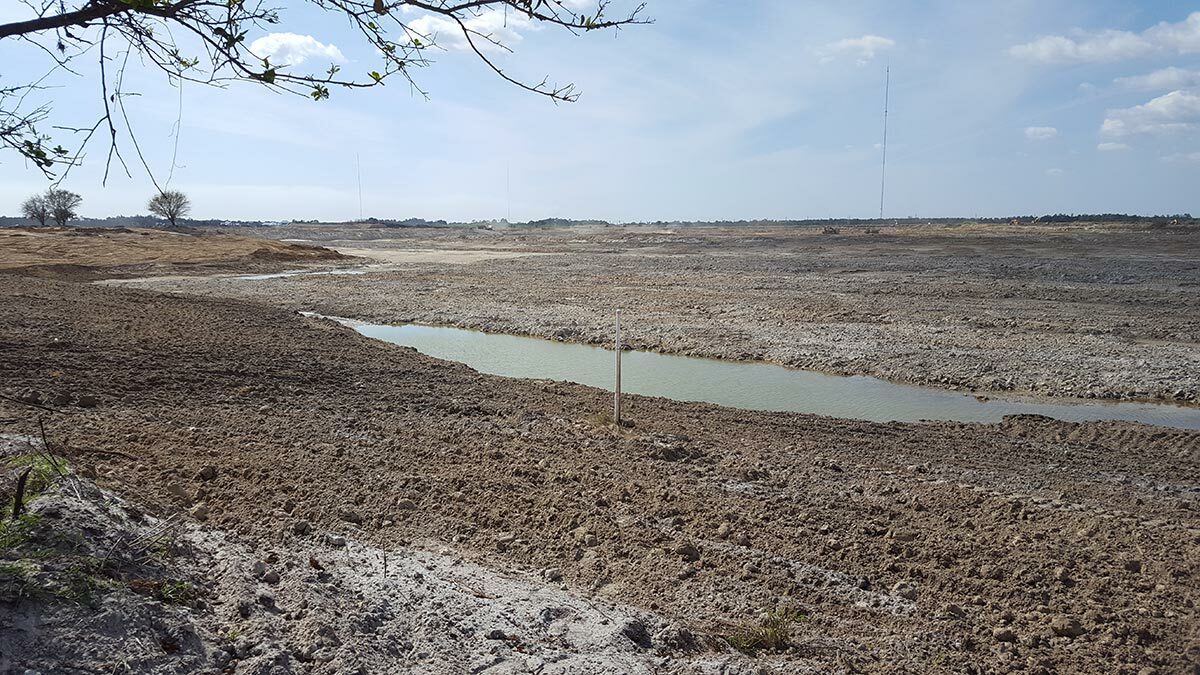
Effective November 2, 2013, the U.S. Fish and Wildlife Service (USFWS) listed the Florida bonneted bat (Eumops floridanus) as endangered under the Endangered Species Act (ESA). The Florida bonneted bat is only found in south and southwest Florida, primarily in Charlotte, Lee, Collier, Monroe, and Miami-Dade Counties. Recent data also suggest the bat is found in portions of Okeechobee and Polk Counties and possibly in some areas within Glades County. The largest Florida bat, the Florida bonneted bat is non-migratory and uses forests, wetlands, and other natural habitats as well as residential and urban areas. At present, no active, natural roost sites are known. All active, known roosts are bat houses.
The Florida bonneted bat is threatened by habitat loss, degradation, and modification from human population growth, associated development and agriculture. Other threats include its small population size, restricted range, low fertility, weather-related events, such as hurricanes and lengthy cold snaps, removal or displacement by people, and potential impacts from pesticide applications.
Both private developers and public entities with proposed projects in the Florida bonneted bat consultation area are likely to be affected by the Florida bonneted bat listing if the project requires federal regulatory approvals, such as U.S. Army Corps of Engineers (USACE) permitting. To assist the USACE in determining whether proposed development projects may affect the Florida bonneted bat, the USFWS has established a Florida bonneted bat Consultation Area (CA), Focal Areas and an Effect Determination Key (Key). According to the Key, the USACE will issue a determination of “May Affect” the Florida bonneted bat for proposed projects occurring within the Florida bonneted bat Focal Areas. USACE determinations for projects occurring outside the FBB Focal Areas, but within the Consultation Area, will depend on site specific criteria, including:
• Project sizes;
• Availability and size of Florida bonneted bat habitat types onsite (e.g., upland or wetland forest; upland or wetland shrub; freshwater wetlands; or open water); and
• Whether the site contains potential roost sites (e.g., snags, large trees with cavities or hollows, abandoned buildings, bridges or overpasses).
The USFWS is currently developing a standard Florida bonneted bat survey protocol, which will likely involve habitat assessments and acoustic surveys using specialized acoustic bat identification equipment, similar to the requirements for the Indiana bat (Myotis sodalis) in other parts of the country. The USFWS has already begun requesting that consultants conduct manual surveys of snags, tree cavities, and hollows to ensure that no Florida bonneted bat roosts are impacted for projects about to commence with development or land clearing activities.
Johnson Engineering ecologists are trained and have the latest acoustic bat detection equipment (Wildlife Acoustics Song Meter SM3Bat© Ultrasonic Recorder). We are prepared to assist its clients with Florida bonneted bat surveys and regulatory agency permitting, if required.
For more information on FBB survey or agency permitting requirements, contact John Curtis or David Ceilley at [email protected].
































































